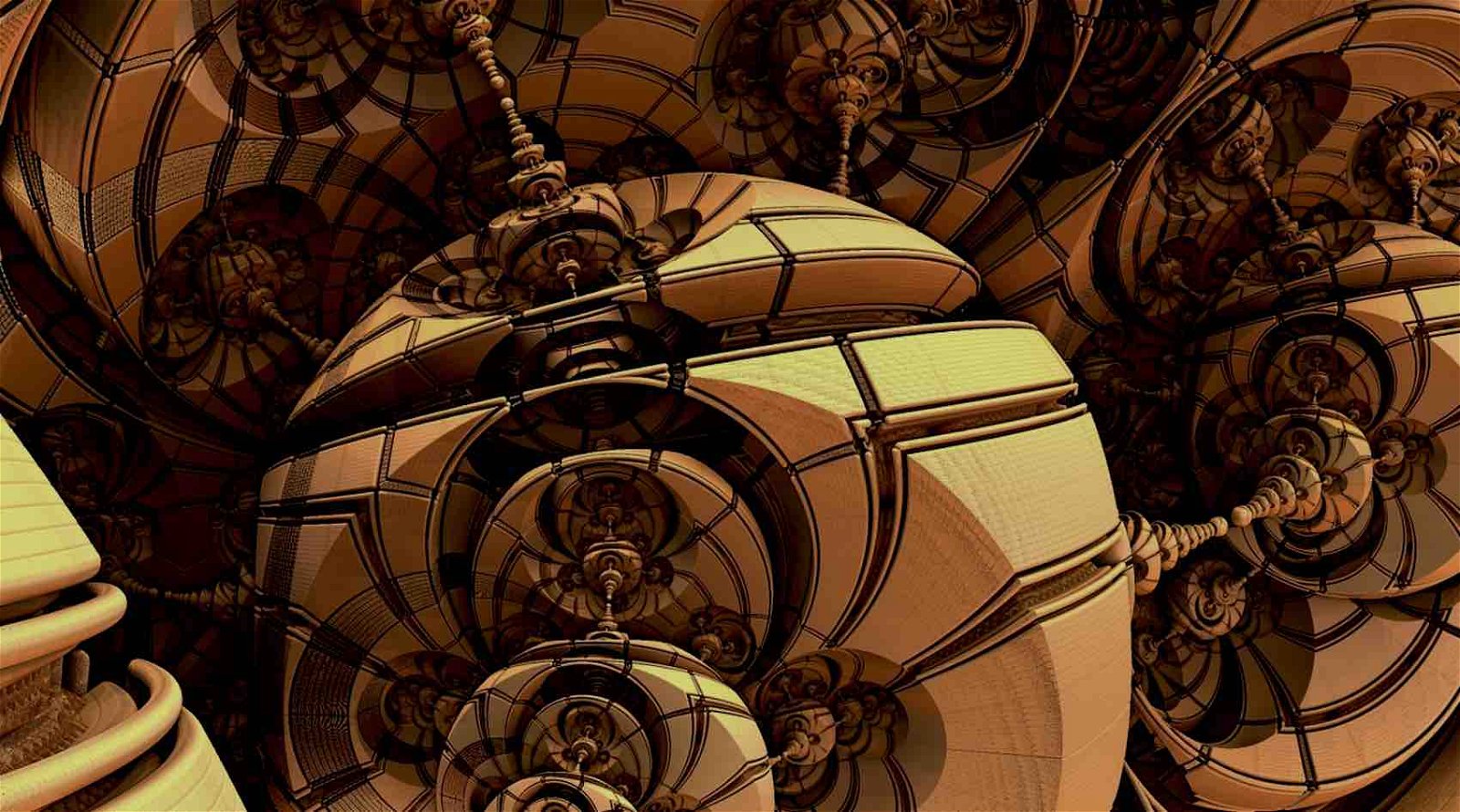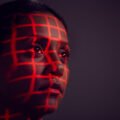Longevity is more likely for entities that replicate themselves because multiple copies are less vulnerable to a single-point catastrophe. However, the number of copies is irrelevant if the environment cannot support any of them. For example, in a billion years, the brightening of the Sun will extinguish all life forms on the surface of Earth.
The future survival of terrestrial life for billions of years requires an artificial space platform that can adjust its distance from the Sun. It would be even better to travel to the vicinity of low-mass stars, like our nearest neighbor – Proxima Centauri, which have a lifetime of trillions of years.
Combining both issues suggests self-replicating machines on multiple sites in the Universe as the ultimate recipe for long-term survival.
The concept of self-replicating machines was envisioned by the mathematician and physicist John von Neumann. In lectures delivered at the University of Illinois in 1948 and 1949, he proposed an abstract model of self-reproducing automata which produce copies of themselves. Von Neumann’s idea was to design a machine whose complexity could grow automatically, similar to biological organisms under natural selection and mutations between generations. His insight of an evolving information transfer to an offspring separate from the self-replicating machine preceded the discovery of the double-helix structure of the DNA molecule and the understanding of how information is translated and replicated in living cells.
Three decades after von Neumann’s lectures, the physicist Freeman Dyson suggested the concept of Astrochicken in his book “Disturbing the Universe.” Dyson imagined a spacecraft weighing a kilogram and representing a mix of biology, microelectronics, and artificial intelligence that makes self-replicating probes in space. Dyson’s Astrochicken could be launched from Earth by chemical propulsion, then collect “nutrients” from the vicinity of Solar system planets, and lay eggs that hatch into new Astrochickens.
Miniaturization is key to realizing self-replicating machines in space. CubeSat deployments on the kilogram mass scale envisioned by Dyson now average one per day, and dozens of successful startups have sprung up doing everything from supplying components to brokering ride shares, providing data for internet devices, and photographing Earth every day. The ultimate limit in the drive to build the smallest spacecraft is embodied by the ChipSat concept: a satellite that is entirely contained on a single printed circuit board or silicon wafer. As computing is achieved in ever-smaller, lower-power devices, it becomes possible to realize the vision of John Von Neumann and Freeman Dyson with millions of tiny edge-computing spacecraft that can travel through the solar system for years while harvesting energy, collecting data from sensors, distilling that data to answer specific questions, and then communicating those answers to each other and back to Earth.
Recently, a team of scientists created the first-ever self-replicating living robots in the form of synthetic multicellular assemblies that replicate kinematically. It remains to be seen whether we can meet the challenge of constructing autonomous, self-replicating robots that would survive the harsh conditions of space. But one can imagine combining 3D printing and Artificial Intelligence (AI) to build autonomous systems that come close to von Neumann’s vision in their ability to evolve in response to feedback from their environment and produce variants of themselves with improved qualities.
The promise of AI is that we can design systems with more connections than the human brain. Currently, the number of connections in GPT-4 is within the same order of magnitude as the nearly quadrillion synapses in the human brain. An AI system with even more connections would be more complex and potentially possess a superior level of intelligence, akin to the gap between humans and other terrestrial animals.
There are many unfulfilled steps in the technological challenge of building self-replicating AI machines out of raw materials in natural environments. That biology solved this engineering challenge on Earth may be viewed as a remarkable accomplishment of natural selection over billions of years.
However, the self-replicating machinery of terrestrial life could have also been seeded by an interstellar gardener. Once we are able to manufacture technologically self-replicating machines out of lifeless components, we might gain a deeper understanding of how the chemistry of life as we know it could have emerged on Earth. Successful cooks appreciate at a deeper level the quality of the food that we all witness.
Astrobiology focuses on the search for biosignatures beyond Earth. This search presumes that self-replicating entities follow natural biochemistry and not technological design. As we develop self-replicating robots with AI, we might be able to imagine analogous systems that are extraterrestrial in origin. Under these circumstances, the distinction between natural bio-signatures and artificial techno-signatures will be blurred because there might be technological paths toward producing self-replicating entities – some of which are indistinguishable from nature.
The first signs of technological self-replication might indicate an interstellar gardener in the form of extraterrestrial gadgets that make copies of themselves out of planetary raw materials. The Galileo Project that I lead is searching for extraterrestrial technological objects near Earth.
One can imagine a cosmic context for self-replication. Suppose the Universe was created in a laboratory, and it gives rise to quantum-gravity engineers that produce baby universes in their laboratories. In that case, the cosmos as a whole is a self-replicating machine.
In that case, the reality could be regarded as a sequence of self-replicating nesting dolls, each giving birth to a doll of its size, inside of which there is another self-replicating doll… all the way from the cosmic horizon down to the level of a living cell.
Avi Loeb is the head of the Galileo Project, founding director of Harvard University’s – Black Hole Initiative, director of the Institute for Theory and Computation at the Harvard-Smithsonian Center for Astrophysics, and the former chair of the astronomy department at Harvard University (2011-2020). He chairs the advisory board for the Breakthrough Starshot project, and is a former member of the President’s Council of Advisors onScience and Technology and a former chair of the Board on Physics and Astronomy of the National Academies. He is the bestselling author of “Extraterrestrial: The First Sign of Intelligent Life Beyond Earth” and a co-author of the textbook “Life in the Cosmos”, both published in 2021. His new book, titled “Interstellar”, is scheduled for publication in August 2023.

